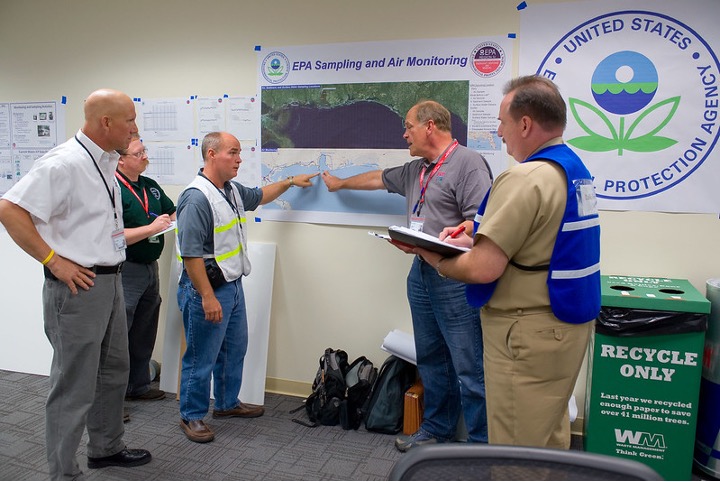Options for addressing the third critical factor for ensuring the effectiveness of public communications for lifesaving and injury prevention, message dissemination, are many. Plans should include a SOP for those specific methods that will be used to communicate protective action directives within the jurisdiction. In general, dissemination channels should be agile and immediate, and able to handle frequent updates. The methods chosen should be informed by community usage of platforms and outlets and communicated to the public during preparedness campaigns so that they know where to find and receive emergency information, especially if certain systems are down (see below). The simultaneous use of several alert and warning methods is recommended as people often seek confirmation through observation or querying others prior to taking a protective action. Multiple channels of communications can facilitate this confirmation. Further, different communication channels may reach different at-risk populations. Additionally, depending upon the specifics of the incident, it may be difficult to reach those in the affected area. For example, cellular connectivity may be lost for days after a natural disaster such as a hurricane or an earthquake; this may be the time period during which a chemical incident also occurs.
Go beyond “Printed Statements.” To reach a broader, non-technical audience, balance published statements with public remarks, supplement heavy text with graphics, and design agency websites with end users in mind.
Emergencies typically will prompt a deluge of calls, texts, and social media messages to people in the affected area, overloading cell towers and making communications sluggish. Be aware that communication platforms can be overloaded or otherwise inaccessible in the immediate aftermath of a mass casualty incident; additionally, some large incidents can actually “take down” communication. In some instances, authorities may need to halt or limit communications for security reasons.48 Communications planners should consider developing a specific prioritization of alternative dissemination pathways to implement when available systems are limited, as well as critical messaging to deploy over these pathways. Although responders should first attempt to send messages through the “usual” channels, plans should include protocols for the use of alternate means of communication as well, including communication with responders and other critical partners.
FEMA’s Integrated Public Alert and Warning System (IPAWS) provides significant capability for public messaging, including capability to broadcast an alert message to all cellular phones in a given area as a Wireless Emergency Alert (WEA), access to the Emergency Alert System, the National Oceanic and Atmospheric Association All Hazards Weather Radio network, and internet-connected alerting tools. WEA can be leveraged to deploy geo-targeted messages that alert recipients to imminent safety threats in their area. Geo-targeted messaging can be a boon for responders when immediate evacuations or sheltering-in-place are needed to save lives in some but not all local areas. Using WEA, people in the affected areas can be precisely targeted with directives for safe movement, avoiding confusion in people in other areas or a flood of information that could cause improper action in critical areas. During planning, the limitations of the WEA system, including the frequency of message sending and the languages available, should be explored and mitigation strategies considered. Responders should also be familiar with which communication channels work under adverse network conditions as emergencies can adversely impact communication technologies.
Communications staff should disseminate safety messages on all digital platforms on which the agency or jurisdiction has a presence, leveraging the speed and breadth of their combined information-sharing capabilities. This includes social media platforms, and may also include government app notifications, alert text message platforms, and partner organization platforms. Establishing an official media presence pre-incident or early during an incident helps bolster the public’s view of the validity and credibility of the information being provided.

Footnotes
48. Assistant Secretary for Preparedness and Response (ASPR) Technical Resources, Assistance Center, and Information Exchange (TRACIE). (2018, September). Tips for Healthcare Facilities: Assisting Families and Loved Ones after a Mass Casualty Incident.

